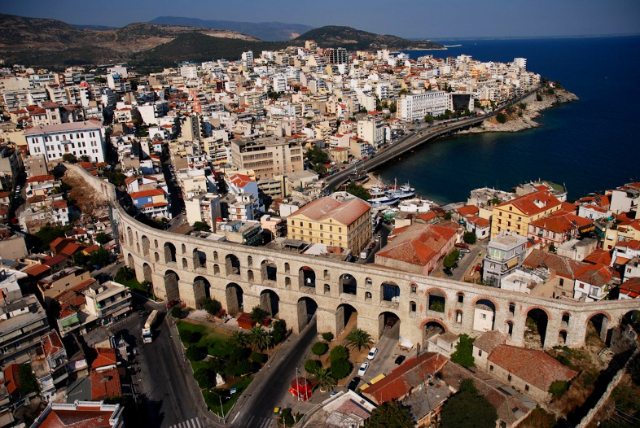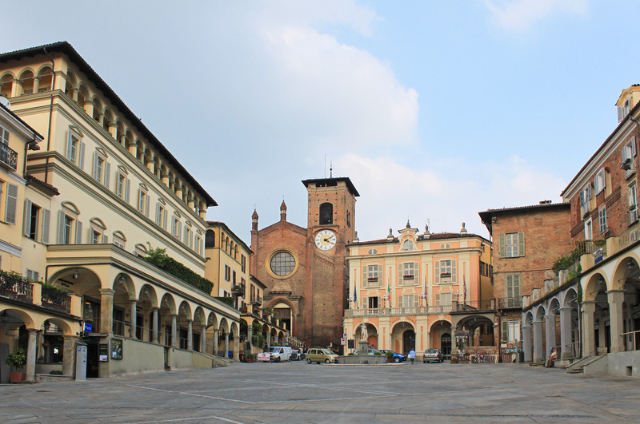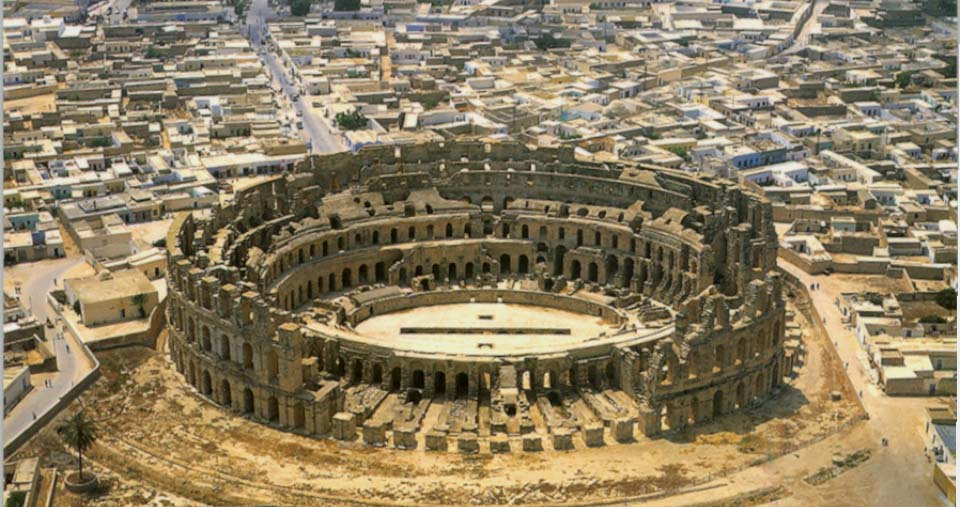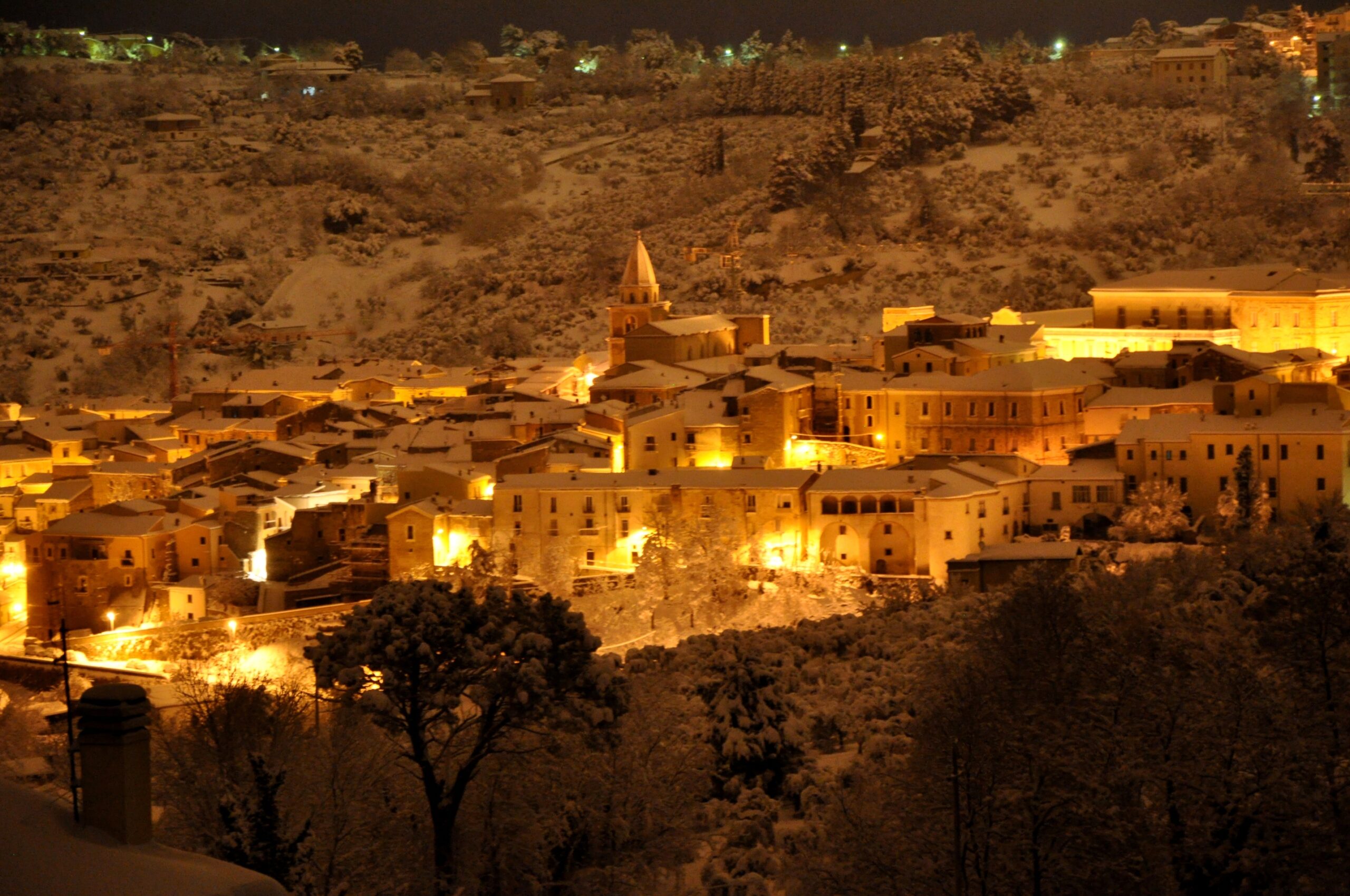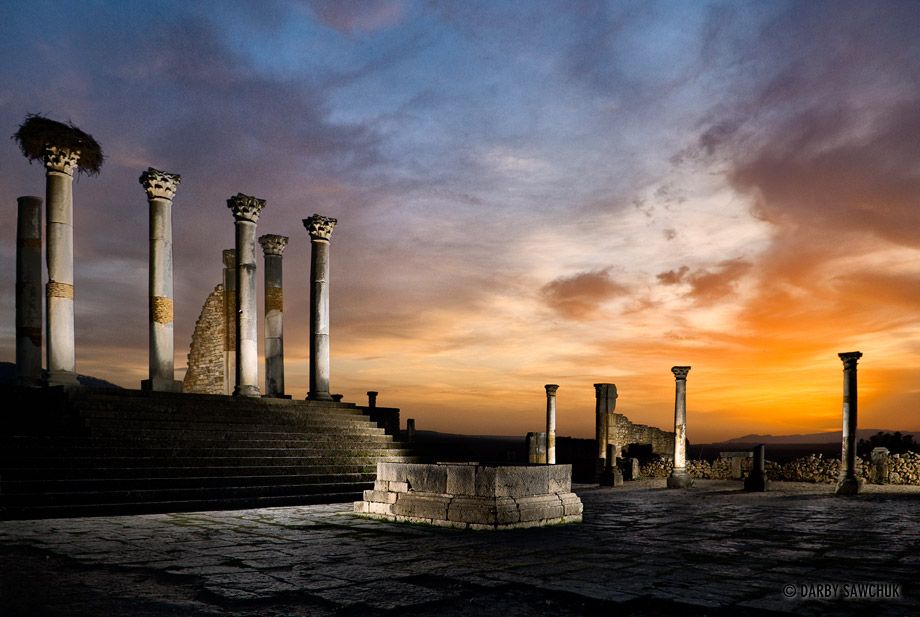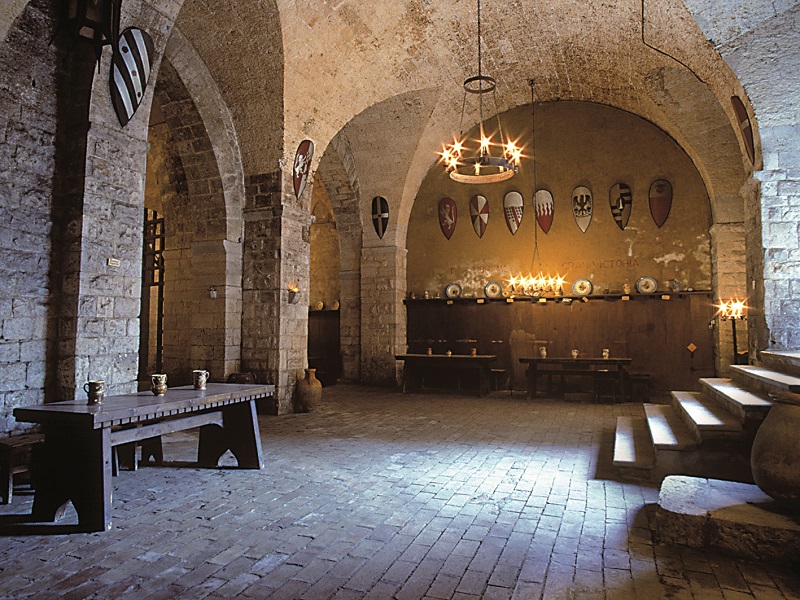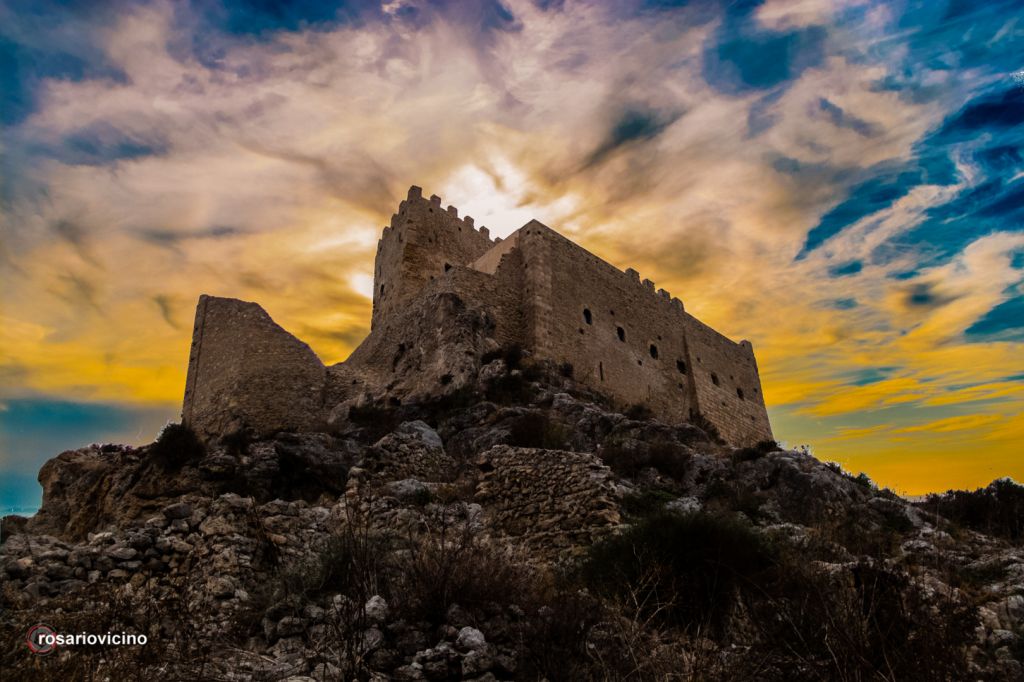The Aqueduct of Kavala, also known as the Kamares, is a stunning example of Ottoman engineering that stands as one of the iconic landmarks of Kavala, Greece. Although its robust stone arches and symmetrical design may lead many to believe it’s a Roman relic, this fascinating structure was actually built in the 16th century, during the reign of Sultan Suleiman the Magnificent. Contrary to common belief, it was not built by Romans, but its architectural style does pay homage to the engineering prowess of Roman aqueducts.
Stretching an impressive length, the aqueduct originally served as a vital water supply system for the city, conveying water from mountain springs located miles away. It consists of 60 arches of varying sizes, intricately laid out in two tiers. These arches provide the aqueduct with both structural integrity and aesthetic charm. The construction uses local granite, and if you look closely, you may even spot the chisel marks made by the Ottoman builders, lending a tactile sense of history to the place.
What makes the Aqueduct of Kavala especially intriguing is its longevity and the period during which it was operational. It continued to supply water to Kavala until as late as 1911, a testament to the quality of its construction and the foresight of its engineers. It also played an essential role in the city’s development, facilitating the growth of neighborhoods that otherwise wouldn’t have had access to a reliable source of water.
Over the years, the aqueduct has undergone several rounds of restoration to preserve its original grandeur. Even today, it stands as an enduring symbol of Kavala’s rich past, effortlessly bridging the gap between antiquity and the modern era.
If you visit, try to catch it at sunset when the fading light casts dramatic shadows through the arches, imbuing this ancient utility structure with a sense of mystical beauty. The site has become a favorite for both professional photographers and Instagrammers alike, looking to capture its blend of functional design and historical significance. For those interested in architecture, history, or simply witnessing the marks of time on human endeavor, the Aqueduct of Kavala is a must-see.

